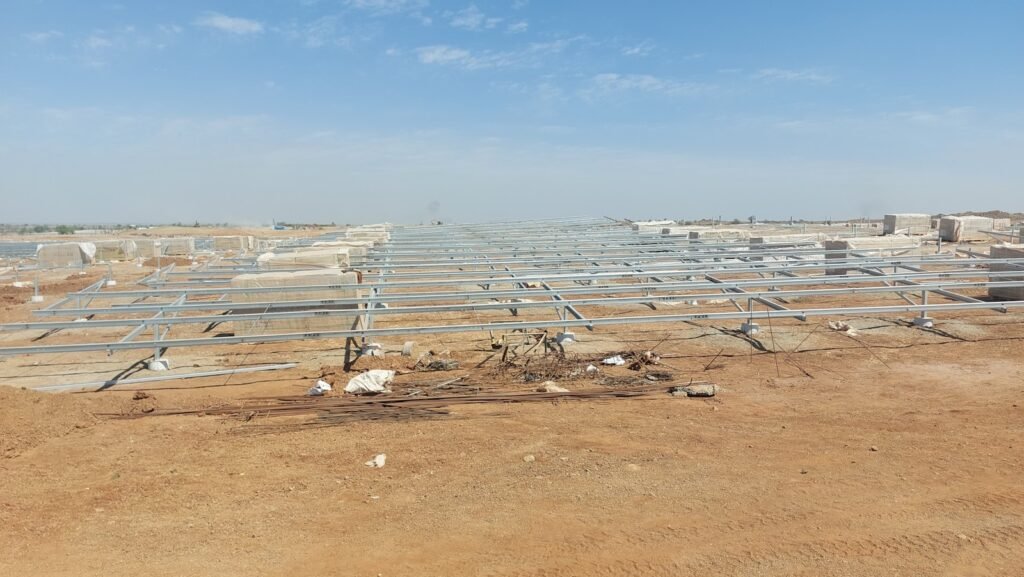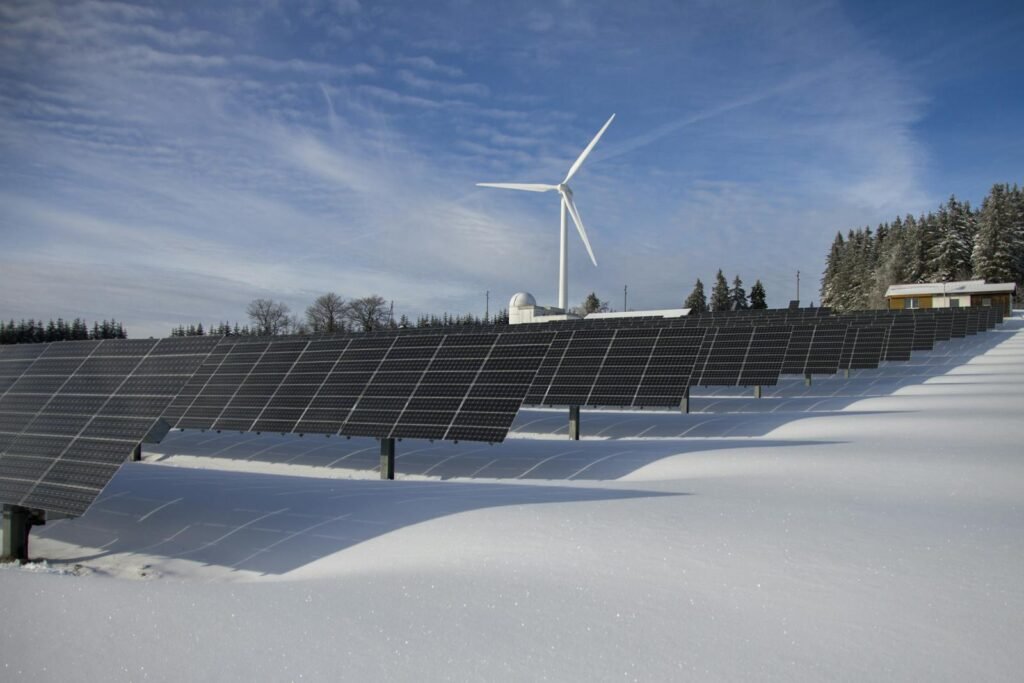In a bold leap toward a zero-carbon future, California is poised to host the world’s largest integrated solar and battery storage project in Fresno County. Named the Darden Clean Energy Project (DCEP), this initiative has just been greenlit under the state’s accelerated permitting scheme. Once operational, it promises to be a game changer—not just in scale, but in how large renewable energy projects can be approved, built, and integrated into the electric grid. The project bridges environmental ambition with economic opportunity and marks a key moment in California’s transition to 100 percent clean electricity.
A Permit with Purpose: Fast-Track Approval Under Opt-In Certification
One of the most remarkable aspects of DCEP is how it was approved. In June 2025, the California Energy Commission (CEC) granted its go-ahead under the Opt-In Certification program, a new state law mechanism designed to streamline and unify permitting for major clean energy projects.
Under this program, environmental and siting review must be completed within 270 days once an application is deemed complete (barring major changes).
The objective: to reduce red tape, avoid protracted delays, and demonstrate that large-scale renewable projects can move swiftly while still maintaining rigorous oversight.
DCEP is the first project to benefit from this framework. By taking advantage of the consolidated permitting path, proponents aim to cut months—or even years—off the lead time typical for mega projects. The developers hope this model becomes a blueprint for future solar + storage installations across California and beyond.
Mega Scale: Design, Capacity, and Land Use

The numbers behind Darden are eye-opening. The project will span 9,500 acres in western Fresno County—land that is no longer viable for agriculture.
Within that expanse:
- A 1,150 MW solar array, comprising approximately 3.1 million solar panels, will be installed.
- Coupled with that is a battery storage system of up to 1,150 MW (4,600 MWh) capacity—an amount sufficient to power roughly 850,000 homes for four hours.
From a grid perspective, such a facility has a strong balancing role. The solar output during daylight hours can be stored and then dispatched in the evening or during peak demand periods, smoothing the volatility of solar generation and reducing reliance on fossil backup.
In terms of global standing, this integrated scale—both solar and storage—makes DCEP arguably the largest of its kind in the world in a single footprint, setting new benchmarks for combined renewable infrastructure.
Community, Economy, and Sustainability: Local Impacts
The project does more than generate clean electrons—it is also built with community benefit in mind. As part of its approval under the Opt-In Certification pathway, DCEP must deliver tangible benefits to the local population.
- $2 million in community investment over ten years, with an initial $320,000 committed to Centro La Familia Advocacy Services (a nonprofit focusing on crime victims, family wellness, and civic engagement in rural areas).
- Over 2,000 prevailing-wage construction jobs during its estimated 1.5-to-3-year build period.
- An estimated $169 million in local economic benefits over the life of the project (35 years).
This focus on local job creation, wage standards, and community reinvestment is intended to ensure that rural and previously agricultural landowners, workers, and residents are not sidelined in the energy transition. As one CEC commissioner put it, clean energy projects should “create value in the communities where they’re built.”
Additionally, the conversion of land that is already marginal for farming helps reduce pressure on prime agricultural real estate and serves as a more sustainable land-use decision in the region.
Challenges, Safety, and the Road Ahead
Despite the excitement, the path ahead is not without challenges. Large lithium-ion battery systems carry inherent safety risks (thermal runaway, fire hazards, etc.), so regulators are paying close attention to safety standards, emergency planning, and codes.
In response, California is updating its fire codes to include stricter requirements for stationary battery systems and is enhancing oversight requirements for utility-scale storage.
Another technical and logistical challenge lies in transmission: integrating such a massive project into the grid without congestion, managing voltage stability, and ensuring robust interconnection. The engineering must account for ramping behavior, dispatch strategies, and redundancy in case of component failures.
Construction logistics, financing risk, supply chain constraints (especially for batteries and inverters), and environmental permitting (for things like wildlife impact, water usage, and habitat disturbance) will all have to be tightly managed.
Finally, meeting the 2045 mandate for 100 percent clean electricity in California is a steep target. DCEP is a headline project in that direction, but it will need to be joined by many other utility-scale renewables, storage systems, and grid modernization efforts to make the clean grid resilient, affordable, and reliable.
Conclusion: A Beacon for the Renewable Future
The Darden Clean Energy Project in Fresno County is more than just a solar farm with batteries—it’s a symbol of what is possible when policy innovation, engineering ambition, and community focus converge. As the first project to be approved under California’s accelerated permitting regime, it serves as a test case and proof of concept for how clean energy infrastructure can move fast, at scale, and responsibly.
If it succeeds, DCEP could reshape expectations for solar + storage projects globally—both in sheer size and in the model of community-oriented development. In an era of growing urgency around climate change, this ambitious endeavor may well become a touchstone for the next generation of renewable energy projects.

Hi, I’m Andrew, and I come from India. Experienced content specialist with a passion for writing. My forte includes health and wellness, Travel, Animals, and Nature. A nature nomad, I am obsessed with mountains and love high-altitude trekking. I have been on several Himalayan treks in India including the Everest Base Camp in Nepal, a profound experience.




